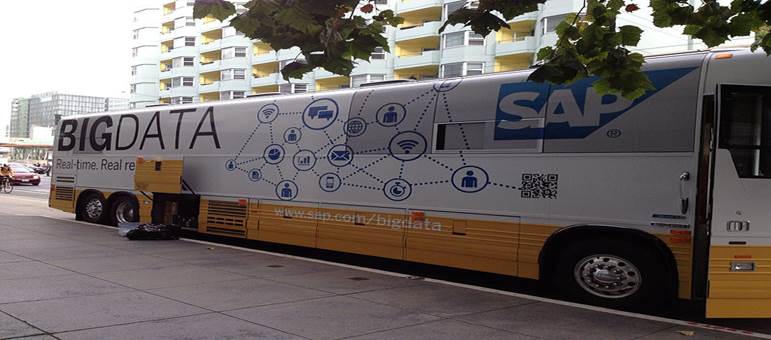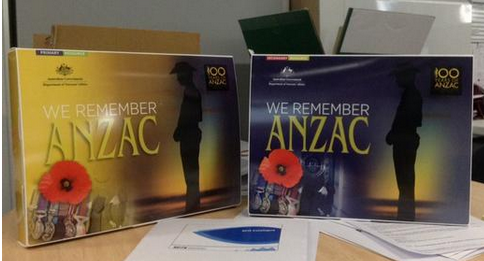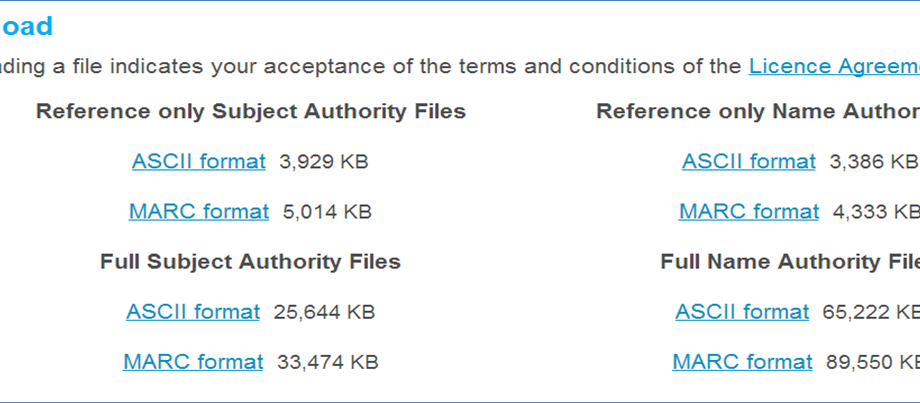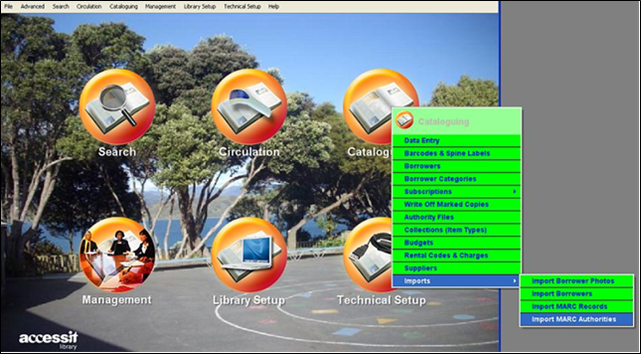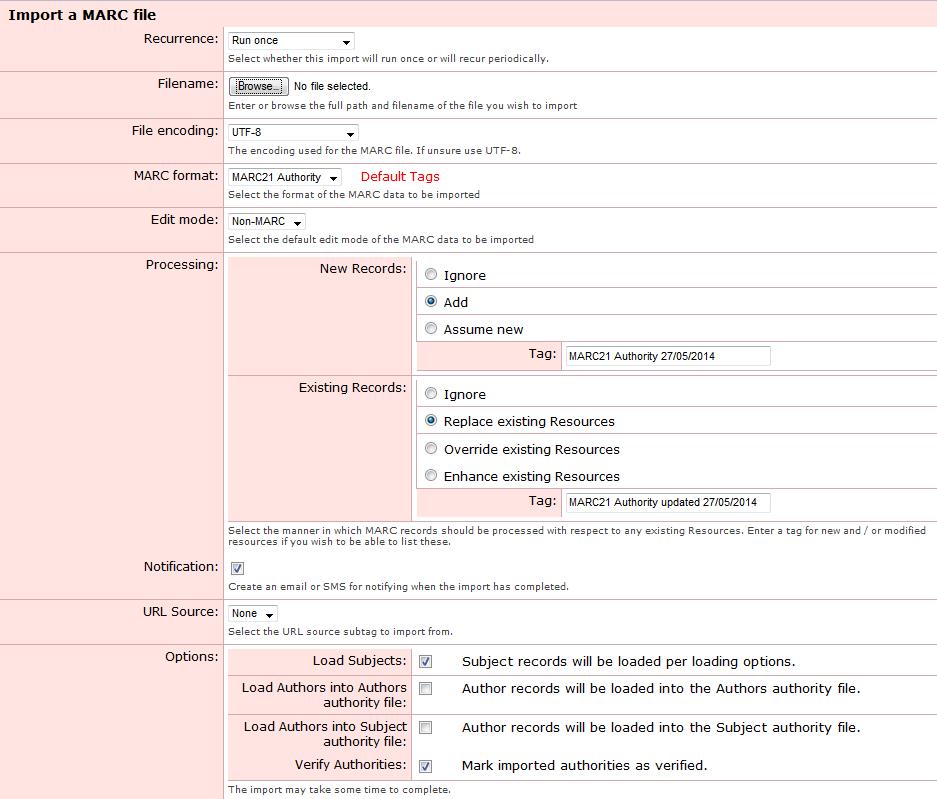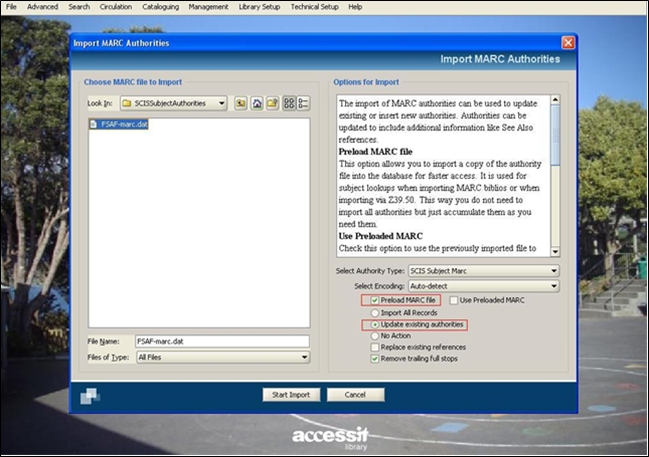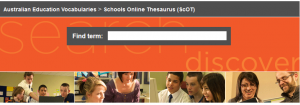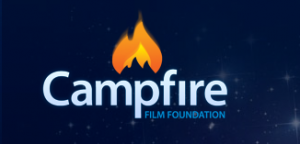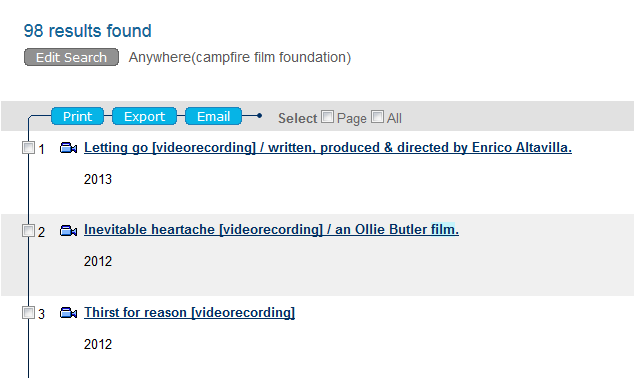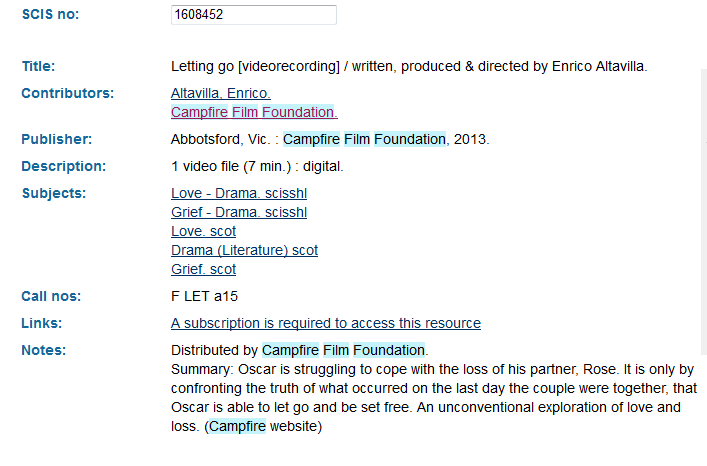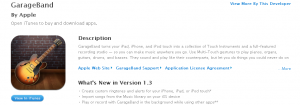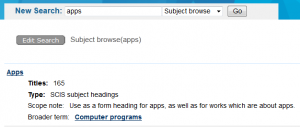Have you ever wondered why some SCIS records contain two similar or identical subject headings? SCIS cataloguers use two controlled vocabularies: the SCIS Subject Heading List (SCISSHL) and the Schools Online Thesaurus (ScOT). You’ll notice that the codes ‘scisshl’ or ‘scot’ appear in parentheses after each heading, representing which vocabulary the heading came from. Subscribers who access records through SCISWeb have the option to have headings from both vocabularies in their downloaded records, or just their preferred one.
These two controlled vocabularies serve complementary functions. Simply put, ScOT terms are informed by curriculum language and structure, whereas the SCISSHL is informed by topics in the literature itself: its headings reflect the content of the SCIS database.
 The benefit of using both is that if one person – likely, in this case, to be a teacher or school library professional – enters search terms inspired by the curriculum, and another person – such as a student – searches with no consideration of the curriculum, both will find relevant resources. Oftentimes there is an overlap between SCISSHL and ScOT terms that can describe resources (see image to the left); to maintain consistency, both terms are always used.
The benefit of using both is that if one person – likely, in this case, to be a teacher or school library professional – enters search terms inspired by the curriculum, and another person – such as a student – searches with no consideration of the curriculum, both will find relevant resources. Oftentimes there is an overlap between SCISSHL and ScOT terms that can describe resources (see image to the left); to maintain consistency, both terms are always used.
SCISWeb
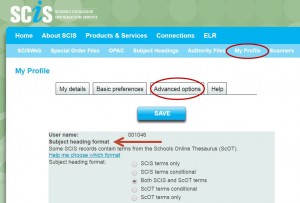 While our cataloguers include terms from both vocabularies, you have the option to select a preferred subject heading format.
While our cataloguers include terms from both vocabularies, you have the option to select a preferred subject heading format.
Once you’ve logged into SCISWeb, you can select ‘My Profile’ from the navigation bar, select ‘Advanced options’, and then choose your preferred subject heading format (you can press the ‘Help me choose which format’ if further clarification is needed), and then press ‘SAVE’.
Z39.50
Please note that the instructions above only change your settings on SCISWeb, and will not affect the format of records imported directly into your library management system through Z39.50 (otherwise known as rapid cataloguing or z-cataloguing).
When using z39.50 to import records directly into your system, some library systems allow you to choose between SCISSHL or ScOT terms. Others extract the ScOT headings and put them in special fields, treating them as keywords rather than specialised subject headings. Still others import both sets of headings and do not give you a choice in the matter. If the source of the heading is not displayed (‘scisshl’ or ‘scot’) it may appear that you have duplicate headings in your record, whereas one heading is from ScOT and the other from SCISSHL.
If you would like to know more about the differences between the two, see ‘ScOT in SCIS – more of the same … or different?’ and ‘The relationship between SCIS Subject Headings and ScOT’.


